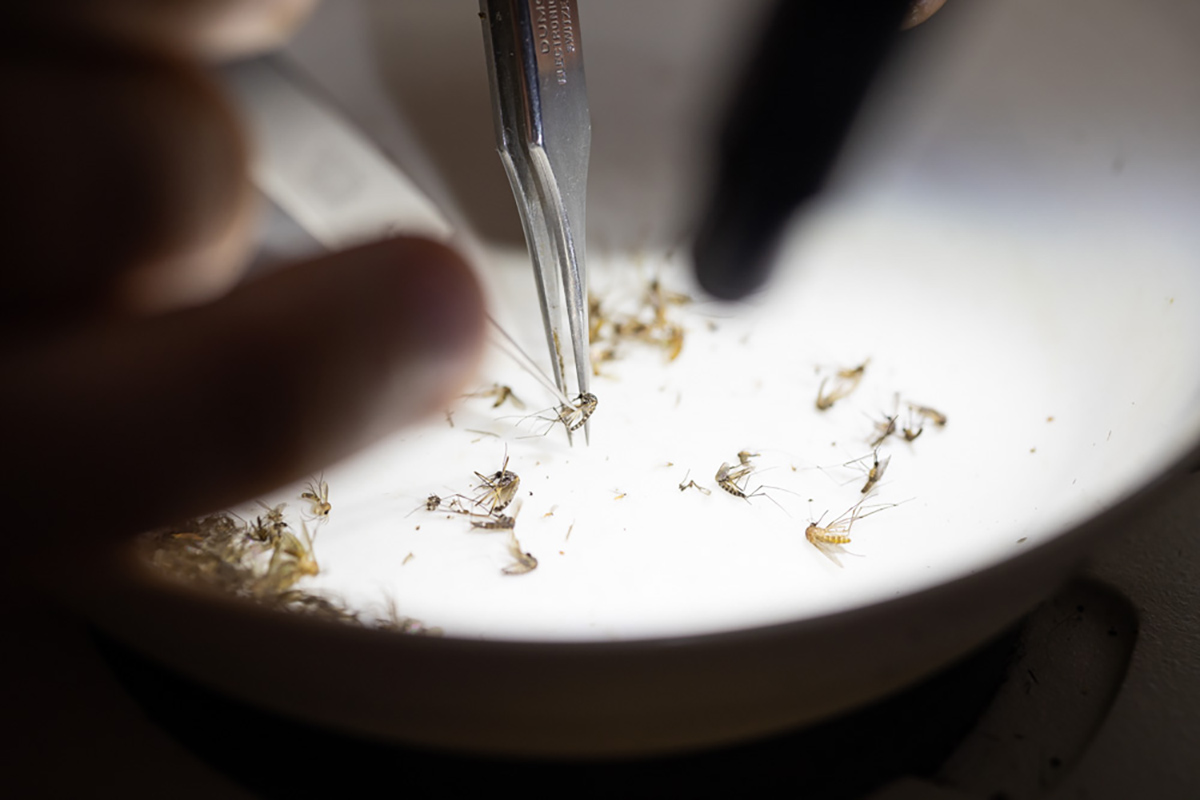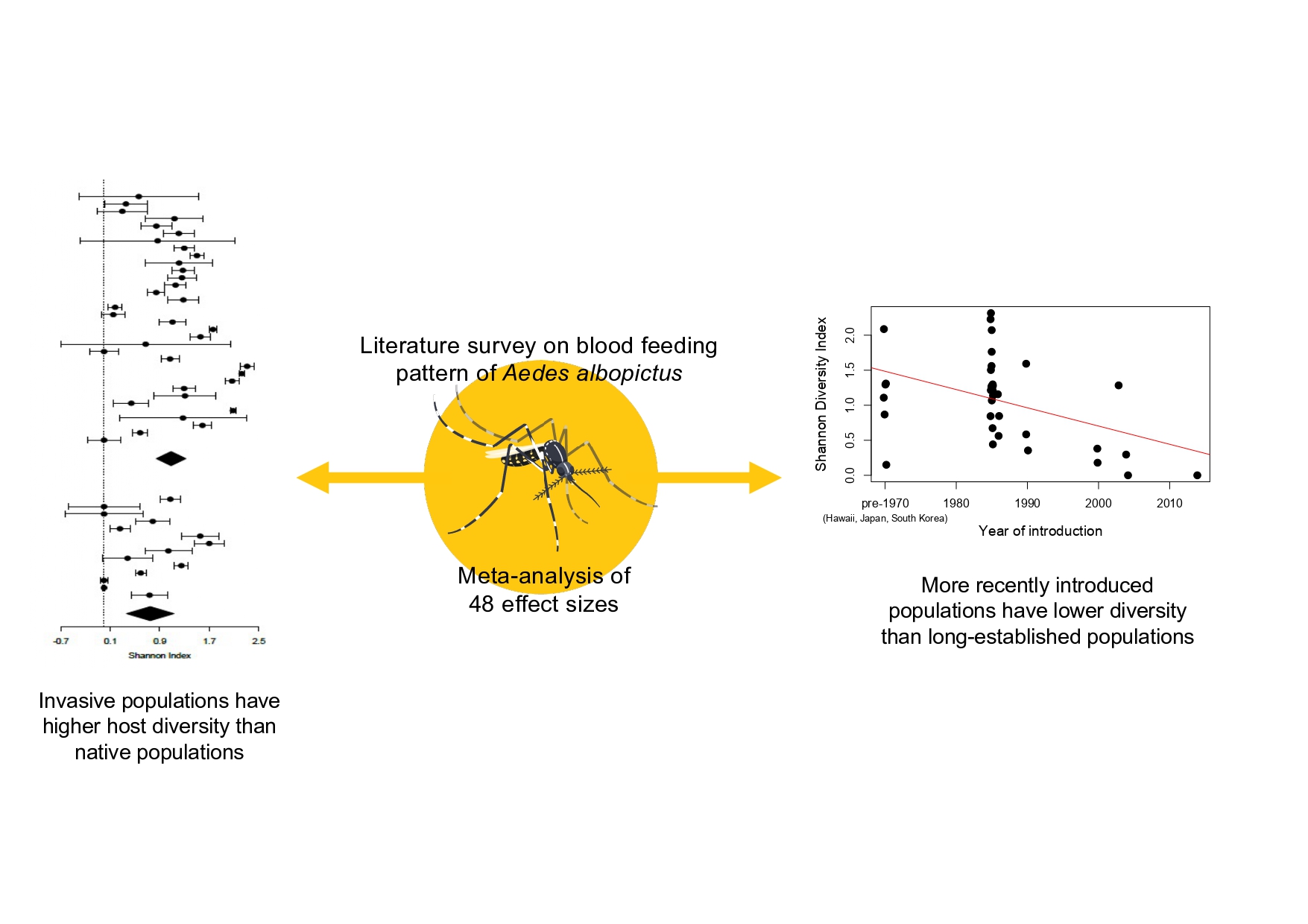
The invasive mosquito species, the tiger mosquito (Aedes albopictus), poses significant threats to human and animal health due to its ability to spread over large geographic areas and act as a vector for numerous pathogens. Understanding the ecological relationships this species establishes in different locations is crucial for assessing its worldwide dispersion success and its role in disease transmission. To uncover how invasiveness couples with the ability to adapt to various food sources László Zsolt Garamszegi from the Institute of Ecology and Botany, Centre for Ecological Research, Hungary performed a meta-analysis of published blood-meal surveys.
The analysis included data from 48 independent studies, providing a comprehensive overview of the mosquito’s feeding behavior across different regions and stages of invasion. The results indicate that the tiger mosquito exhibits significant variability in host selection depending on the geographic location and stage of invasion. Importantly, host diversity was greater in the invasive range than in the native range, but in newly invaded areas, the mosquito tends to have a narrower host range than in the long-established populations.
Literature survey and meta analysis of blood-feeding patterns in Aedes albopictus. Invasive Ae. albopictus has considerable ecological flexibility. The species’ ability to adapt to various food sources goes hand in hand with its successful worldwide dispersion, which has strong implications for its role in pathogen transmission.The results have strong implications for how the tiger mosquito mediates host-parasite dynamics in natural systems. Wider host diversity in the invasive range indicates that the chances for the species to act as a bridge vector between distantly related hosts such as humans and birds is higher than in the native distribution range, and this risk enhancing the spread of diseases further increases if the species has more time to adapt to the ecological conditions experienced in a given invaded region. Therefore, the obtained results can align with the ecological foundations that make this species a widespread disease vector worldwide.
Image by László Zsolt Garamszegi


